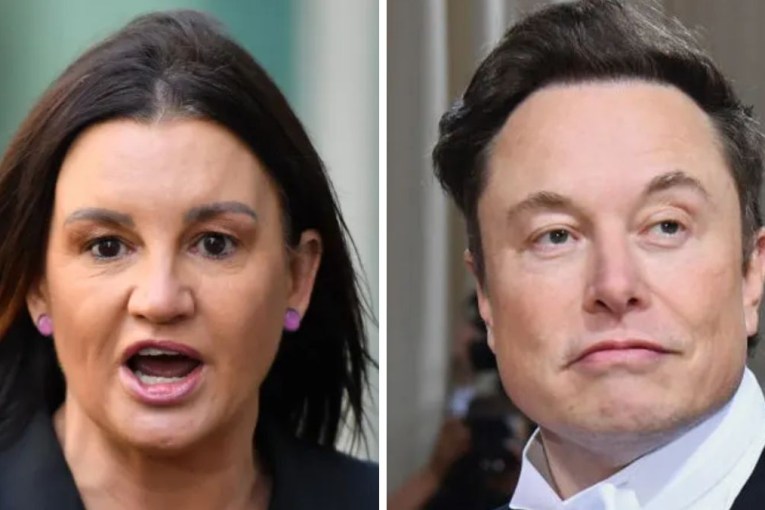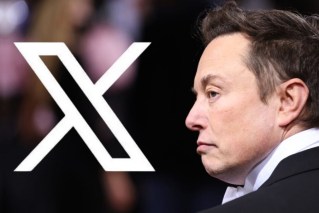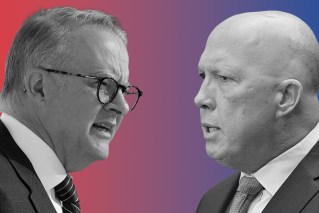Advertising dollars turn to cents for online journalism
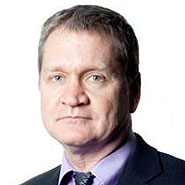
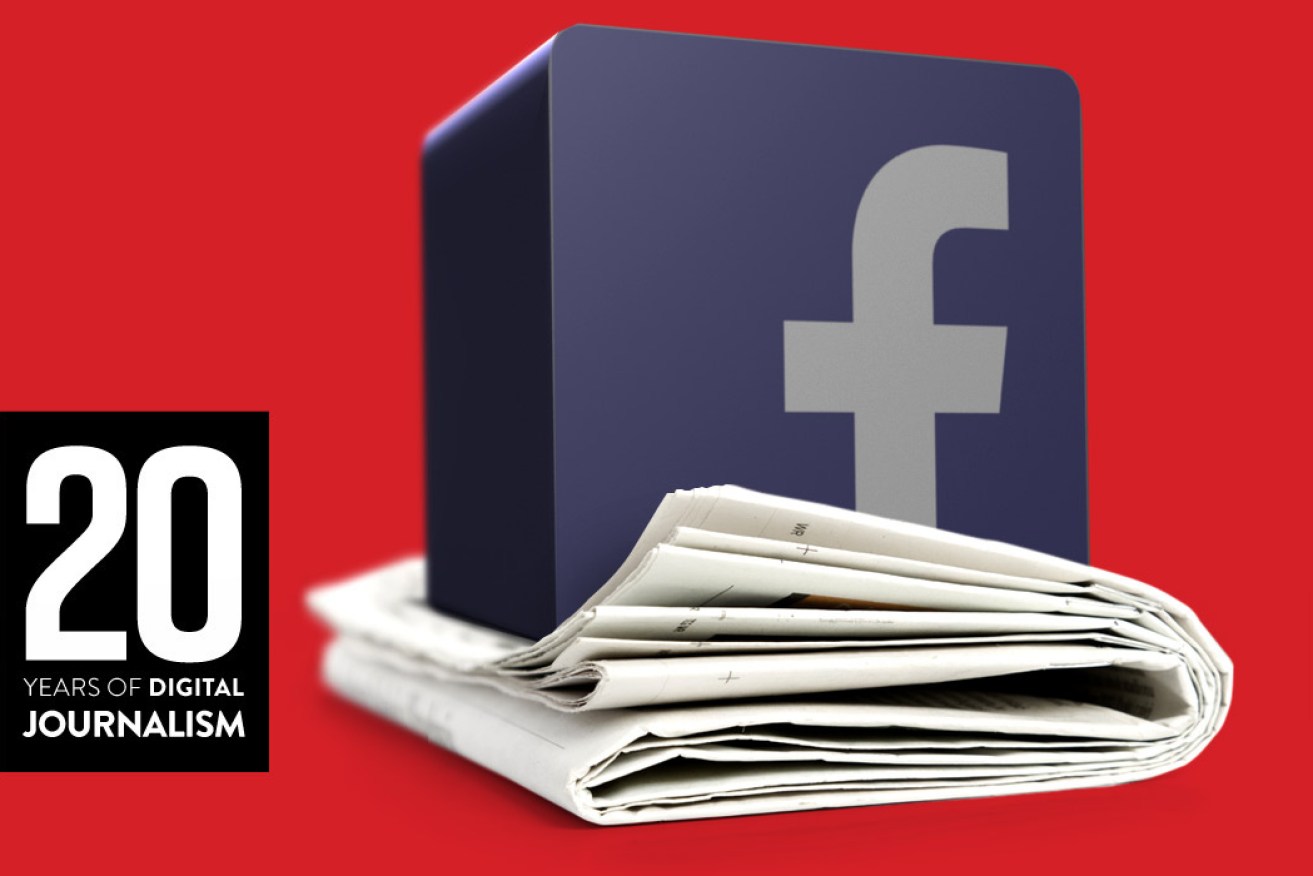
 To mark its fifth birthday, The New Daily investigates the impact of the rise of the internet on journalism. This is the second and final part.
To mark its fifth birthday, The New Daily investigates the impact of the rise of the internet on journalism. This is the second and final part.
Last year, a Senate inquiry heard that an estimated 3000 Australian journalism jobs were lost in the six years to the end of 2017.
This loss of about one-quarter of the total journalism jobs mostly reflected the shift of advertising from print to digital.
In 2018, digital advertising is estimated by PricewaterhouseCoopers to comprise just over half of Australia’s $15.6 billion total advertising market (with free-to-air TV having almost 21 per cent, print about 12 per cent and radio 7.4 per cent).
But these billions largely flow through the giant digital platforms and aggregators, with only a trickle going to local news publishers. There are growing calls for government intervention to support public interest journalism.
PWC partner Megan Brownlow told last year’s Senate inquiry into public interest journalism that 85 per cent of the annual growth in online advertising was going to “pure digital plays” like Google and Facebook.
“The implication of these numbers, as it concerns this inquiry, is that the ongoing shift of income away from news-generating media means there will be continued cost-cutting, particularly to areas that are harder to monetise like quality journalism,” she said.
 The inquiry heard that the shift to digital had whittled away at the amounts that publishers earn from digital advertising, as measured by CPM – the cost per mille (thousand) clicks or views.
The inquiry heard that the shift to digital had whittled away at the amounts that publishers earn from digital advertising, as measured by CPM – the cost per mille (thousand) clicks or views.
The managing director of Standard Media Index Australia/New Zealand, Jane Ractliffe, said it was a “common mantra in the media world that a newspaper ad that once sold for the equivalent of one dollar a CPM has an equivalent digital value of 10 cents”.
“But that value has now decreased further … with most estimating to 3 cents to 4 cents, as this new form of digital trading called programmatic buying has taken off. In this world of online advertising auctions fuelled by computer algorithms, the amount of money returned to the publishers who actually created the content is even less,” Ms Ractliffe said.
Programmatic buying and selling of advertising space happens in real time. Software is used to automate the buying and placement of advertisements via a bidding system, in much the same way a modern stock exchange matches electronic buy-and-sell orders.
A digital advertising expert who trained as an engineer, Timothy Whitfield, told the Senate inquiry that “Brand X” would typically pay about “10 different technical companies in order to be able to make that one ad appear on your phone or on your computer”.
“There are a number of wheels working in the background to make that overall mechanism work,” Mr Whitfield said.
“The amount of money that actually goes to the publisher is the minority. It is closer to 40 per cent.
“The actual amount that, I think, goes towards funding journalism, paying for journalists in this market can be as low as between 10 and 20 per cent of that media spend.”
It’s difficult getting a handle on how much of Australia’s digital advertising spend goes through Google and Facebook, but it was estimated by Morgan Stanley at between $4 billion to $5 billion per year in 2016.
Certainly, the footprint of Google and Facebook in Australia is huge. An estimated 18.8 million Australians use Google search, driving almost 46 million page impressions each day, while Facebook has about 17 million monthly users.
In 2015, parliamentary inquiries heard that companies like Google, Apple and Microsoft channelled most of their Australian sales through low-tax jurisdictions such as Singapore. Late last year, Facebook said it would change its policy of booking international advertising revenue through Ireland rather the country where it originated.
Under changed Australian tax laws, the ATO has reviewed hundreds of multinational companies – including Google and Facebook – and is booking an extra $7 billion in sales in Australia every year, which means that more tax is paid on their sales.
But these tax changes only apply to sale contracts managed by sales teams in Australia, not the revenue that is booked overseas from local clients.
For example, Google Australia Pty Ltd reported gross advertising revenue of $3 billion in the 2017 calendar year, but it paid about $2 billion of this back to its US parent – leaving net revenue of about $1 billion. Unlike Google, Facebook Australia has not agreed to a transparency measure that breaks down its gross revenue.
For its part, Google says it sent more than two billion visits to Australian news sites last year and pays out more than 70 per cent of display advertising revenues to its partners.

Global media giants are hoovering up ad revenue. Photo: Getty
Facebook says news is only a small part of largely personal shares content, but it provides publishers with a free platform for global content distribution and helps them get advertising, brand content and subscriptions.
Whatever the exact numbers, it’s clear local news publishers could use a boost in revenue to support the journalism they produce.
But the Coalition was quick to reject key recommendations of the Senate inquiry into public interest journalism, including that donations to not-for-profit news media be made tax deductible and that news media subscriptions be deductible for all Australians.
Other ideas were discussed, such as introducing a levy on Google and Facebook to support public interest journalism, and requiring Australian governments to spend part of their advertising dollars in local media.
One of Australia’s leading media scholars, Sydney University’s Rod Tiffen, told the Senate inquiry there was a case for public intervention to offset the decline of traditional journalism models, but deciding how to spend the money raised was more difficult than it appeared.
“One of many reasons it is tricky is that the major press players in the field are adamantly opposed to it. They would rather be the biggest fish in an ever-shrinking pool than having tougher competition in a more vibrant environment.”

This is part two in The New Daily‘s special report on the state of online news.
Last month the federal Treasury released a discussion paper looking at whether Australia should introduce a “digital tax”, which has been introduced in India and parts of Europe but hotly opposed by the online giants.
The picture might become clearer next month, when the Australian Competition and Consumer Commission is due to release a preliminary report on how digital platforms such as Facebook and Google operate and whether they have substantial market power.
ACCC chairman Rod Sims argues modern advertising volumes are driven by data gathering and analytics, both strong suits of Google and Facebook.
“The question of how we approach the proliferation of digital platforms, and how they collect and manage our data, is one of the defining questions of our age.”
Mr Sims says the ACCC enjoys “engaging with significant complexity”, which is just as well.

